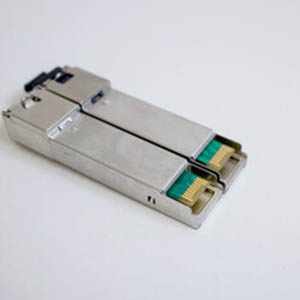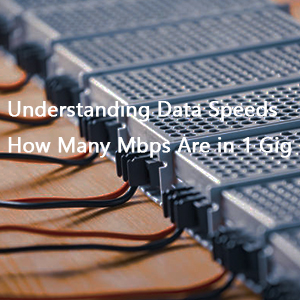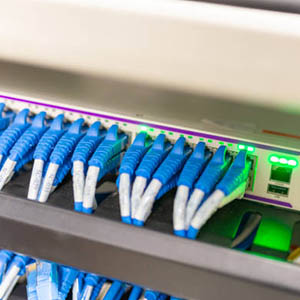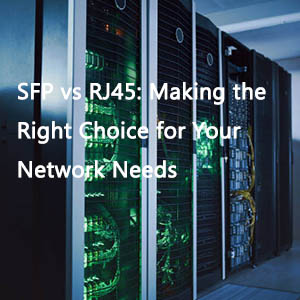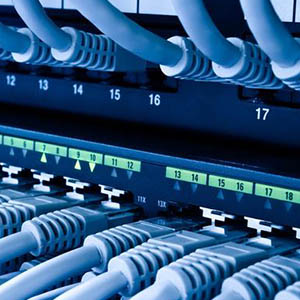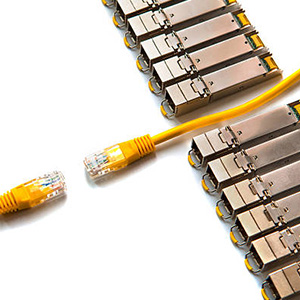SFP transceivers are widely utilized to connect network devices and cables. As the range of applications expands, an array of 1G SFP transceivers has become available. However, selecting the appropriate 1G SFP modules for your specific needs can be challenging.

Choosing the Right 1G SFP Modules
If you are in the process of upgrading your switches and are uncertain about how to select the optimal 1G SFP optical modules, this guide is designed to offer practical advice. It aims to assist you in identifying an optical module that combines high compatibility with cost-effectiveness.

7 Key Factors to Consider When Selecting 1G SFP Transceivers
- SFP Network Technology: 1G SFP transceivers come in various models, each tailored to different networking technologies. These can be categorized as Ethernet SFP, FC SFP, SDH SFP/SONET SFP, or PON SFP.
- Ethernet SFP: These modules are extensively used in enterprise networks for high-speed data transfer among switches, routers, and other networking devices.
- FC SFP: Designed for fiber channel storage in data centers, they are commonly utilized in enterprise Storage Area Networks (SANs).
- SONET/SDH SFP: Popular in telecom systems for their high-speed, long-distance data transfer capabilities, they support various transmission rates and reach distances, making them versatile for different network configurations.
- PON SFP: Specifically designed for fiber-based (FTTx) access networks, they are ideal for delivering superior video, voice, and data services in both residential and commercial settings.
- Transmission Medium: 1G SFP modules support both single-mode and multimode fiber (Fiber SFP) as well as twisted-pair copper cables such as Cat5e, Cat6, and Cat6a (Copper SFP). For short distances (e.g., less than 100m), copper SFP modules are advisable. However, for longer distances or to prevent cross-talk, fiber SFPs are preferable. Typically, the 1G SFP EXZ module supports transmission up to 160km via single-mode fiber.
- Wavelength: In fiber optics, using the correct wavelengths is crucial; otherwise, transmission will fail. For 1G dual fiber SFP, common wavelengths include 850nm, 1310nm, and 1550nm. For 1G BIDI modules, wavelengths can be TX1310/RX1550nm, TX1550/RX1310nm, TX1490/RX1550nm, TX1550/RX1490nm, TX1310nm/Rx1490nm, and TX1490nm/Rx1310nm. Both dual and BIDI fiber modules should be used in pairs, with dual fiber SFP modules requiring the same wavelengths at each end, while BiDi SFPs use opposing wavelengths.
- Working Temperature: The operating temperature range is essential, especially in environments with extreme temperature fluctuations. Industrial-grade 1G SFP modules can endure a wider temperature range, generally from -40°C to 85°C, while commercial-grade modules are suitable for standard ranges of 0°C to 70°C. Assess the environmental conditions where the 1G SFP transceivers will be deployed and select the appropriate temperature range.
- Compatibility: Compatibility issues can lead to connectivity problems and affect network performance. SFP compatibility is determined by the inclusion of specific brands and models of equipment. To verify device compatibility, refer to the SFP compatibility matrix on the official website of the equipment brand or consult your vendors.
- DOM Support: High-quality SFP modules are essential for reliable and efficient network operations. Consider features such as Digital Optical Monitoring (DOM), which provides real-time monitoring of optical parameters like power levels, temperature, and signal quality. Investing in quality modules with advanced monitoring capabilities can aid in proactive network management and troubleshooting.
- Price & Budget: Compare prices from different vendors to understand the market range for 1000Base SFP modules. Be cautious of extremely low-priced modules, which may indicate lower quality or compatibility issues, and extremely high-priced modules, which may not necessarily offer significant added value. Seek a balance between cost and quality.
Conclusion
This guide provides practical tips on factors to consider, such as SFP network technology, medium support, wavelength, working temperature, compatibility, and DOM support, to help you make an informed decision. For more information, you can refer to the article “How Many Types of SFP Transceivers Do You Know?”. If you are still facing difficulties in purchasing 1G SFP transceivers, feel free to contact our sales expert through the chatbox or email us at sales@fiber-life.com.

